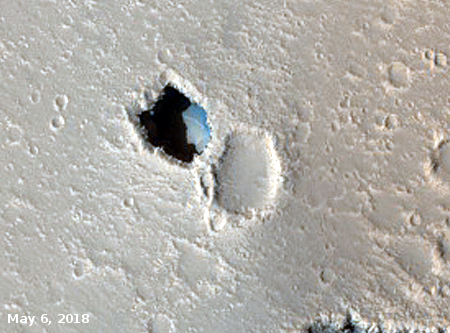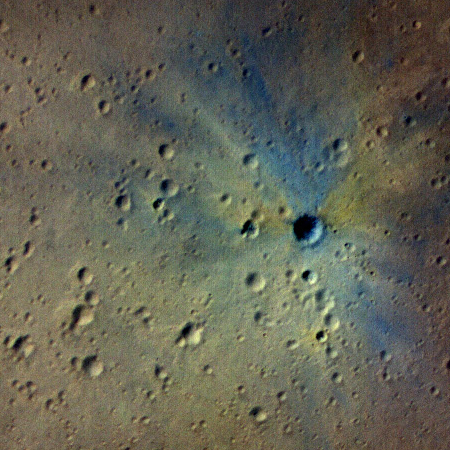Northrop Grumman purchase of Orbital ATK approved
Capitalism in space: Northrop Grumman’s acquisition of Orbital ATK has been approved by the Federal Trade Commission.
With this purchase, the name Orbital ATK will recede into history. This division of Northrop Grumman will now be called Northrop Grumman Innovation Systems. Here at Behind the Black I will simple call it Northrop Grumman.
The FTC ruling carried with it one caveat:
As a condition for the approval of the merger, the company will have to supply solid rocket motors “on a non-discriminatory basis under specified circumstances,” the FTC ruled.
Ensuring competition in the solid rocket motors industry is a key issue for the Defense Department because only two manufacturers remain in the business, Orbital ATK and Aerojet Rocketdyne. The Air Force plans to acquire a new strategic intercontinental ballistic missile, the so-called Ground Based Strategic Deterrent, with Northrop Grumman and Boeing competing for the award. The intent was for both Orbital ATK and Aerojet to supply both prime contractors. The FTC decision requires Northrop Grumman to separate its solid rocket motors business with a firewall so it can continue to support Boeing.
It will be up to the Defense Department to ensure compliance with the firewall mandate.
It is unclear from the press report what this firewall accomplishes. It sounds like there was fear that Northrop Grumman would not have sold its solid rocket boosters to competitor Boeing, but I don’t see that happening. This acquisition was designed to put Northrop Grumman back in the rocket business just as that business is booming. Part of that business is selling solid rockets.
Either way, the company that David Thompson started in the early 1980s to challenge the big space companies, Orbital Sciences, has now completely vanished into one of those big space companies.
Capitalism in space: Northrop Grumman’s acquisition of Orbital ATK has been approved by the Federal Trade Commission.
With this purchase, the name Orbital ATK will recede into history. This division of Northrop Grumman will now be called Northrop Grumman Innovation Systems. Here at Behind the Black I will simple call it Northrop Grumman.
The FTC ruling carried with it one caveat:
As a condition for the approval of the merger, the company will have to supply solid rocket motors “on a non-discriminatory basis under specified circumstances,” the FTC ruled.
Ensuring competition in the solid rocket motors industry is a key issue for the Defense Department because only two manufacturers remain in the business, Orbital ATK and Aerojet Rocketdyne. The Air Force plans to acquire a new strategic intercontinental ballistic missile, the so-called Ground Based Strategic Deterrent, with Northrop Grumman and Boeing competing for the award. The intent was for both Orbital ATK and Aerojet to supply both prime contractors. The FTC decision requires Northrop Grumman to separate its solid rocket motors business with a firewall so it can continue to support Boeing.
It will be up to the Defense Department to ensure compliance with the firewall mandate.
It is unclear from the press report what this firewall accomplishes. It sounds like there was fear that Northrop Grumman would not have sold its solid rocket boosters to competitor Boeing, but I don’t see that happening. This acquisition was designed to put Northrop Grumman back in the rocket business just as that business is booming. Part of that business is selling solid rockets.
Either way, the company that David Thompson started in the early 1980s to challenge the big space companies, Orbital Sciences, has now completely vanished into one of those big space companies.




